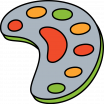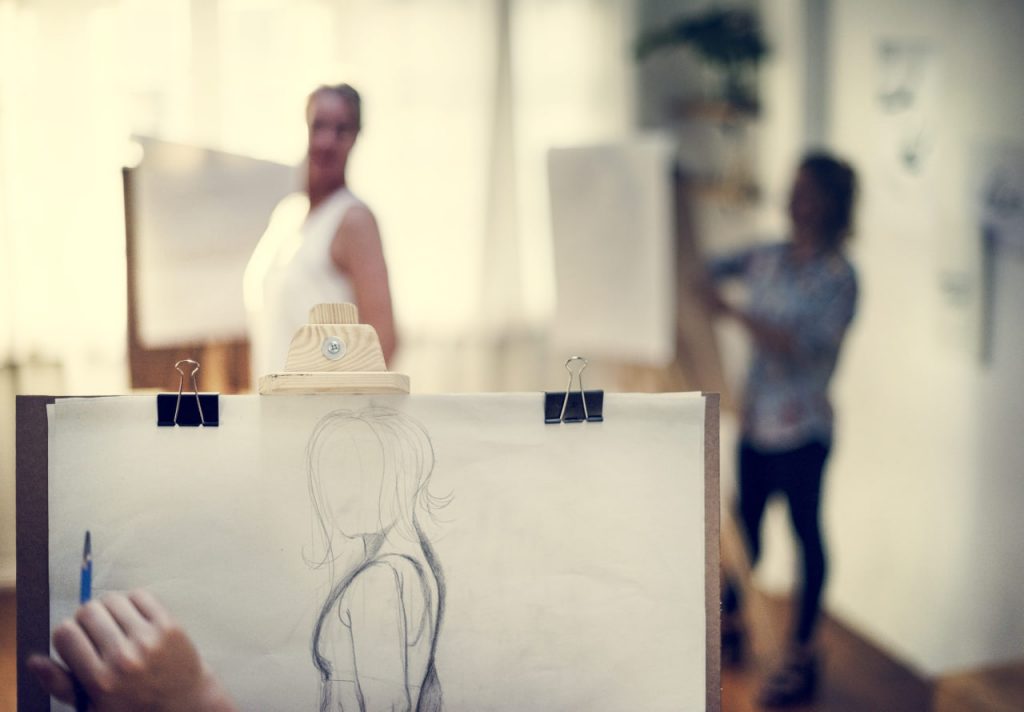When it comes to realistic drawing, light and shadow play a crucial role in creating depth, volume, and the illusion of three-dimensionality. Understanding how light works and how to effectively use shadows in your artwork is key to mastering realism. In this article, we’ll explore the fundamentals of light and shadow and how to apply them to your drawings.
1. Understanding Light: The Source and Direction
Light is the foundation of any realistic drawing. It defines how we perceive objects and is responsible for creating highlights and shadows. Before starting any drawing, the first step is to identify the light source in your reference image. The direction of the light will influence where shadows are cast and where highlights appear.
Types of Light Sources:
- Natural Light: Light coming from the sun or other natural sources. This type of light often creates soft, diffuse shadows.
- Artificial Light: Light from man-made sources such as lamps, bulbs, or flashes. These can create harder, more defined shadows.
- Multiple Light Sources: When there are more than one light source, the shadows can become more complex, with overlapping or multiple shadow areas.
Always determine the position of your light source, as it will guide the entire shading process.
2. Cast Shadows and Form Shadows
Shadows can be divided into two main types: cast shadows and form shadows. Both are essential for making a drawing look realistic.
- Cast Shadows: These are the dark areas that appear on surfaces when an object blocks the light. The cast shadow depends on the object’s shape and the direction of the light. A round object like a ball will create a soft, circular shadow, while a rectangular object like a box will create a more angular shadow.
- Form Shadows: These are the shadows that appear on the object itself, curving around it and helping define its shape. These shadows are softer and vary in intensity, depending on how far the light source is from the object.
Tips for Shadows:
- Use soft pencils for a smoother, more gradual shadow effect.
- Pay attention to the edges of your shadows; some shadows will have soft, blurry edges, while others might be hard and sharp, depending on the light source.
- Consider the light intensity. Bright lights will produce more defined shadows, while dimmer lights will create softer shadows.
3. Value Range: From Light to Dark
A key element in shading is the use of values, or the range of lightness and darkness. The wider the range between the lightest and darkest areas, the more realistic the drawing will appear. This range creates contrast, which helps the viewer distinguish different elements of the drawing.
Creating a Full Value Range:
- Start with light shading and gradually build up to darker tones.
- Use a variety of pencils (from H for light areas to B or 6B for dark areas) to create a range of values.
- Don’t forget the highlights—these are the areas of your drawing that are closest to the light source, and they should be left as the lightest part of your subject.
4. The Role of Reflected Light
Reflected light occurs when light bounces off nearby surfaces and illuminates areas of the object that aren’t directly exposed to the light source. This light is often soft and can add a layer of realism to your shading.
Examples of Reflected Light:
- A shiny surface like a metal object will reflect light and brighten the shadows.
- A light-colored wall near a person will reflect light onto the underside of their face, creating softer shadows.
Using Reflected Light:
- To make your drawing more realistic, pay attention to the subtle reflections in your shadows.
- Softly blend the reflected light with the surrounding shadow areas to avoid harsh lines.
5. Highlights and Texture
Highlights are the brightest parts of your drawing, where the light directly hits the surface of an object. Properly placing highlights helps add realism by showing where the light is most concentrated. In realistic drawing, it’s essential not to overdo highlights—subtlety is key.
How to Handle Highlights:
- Keep highlights small and focused on specific areas of the subject.
- For textured surfaces, such as skin, fabric, or metal, highlights can vary in size and intensity depending on how the light interacts with the texture.
Textures and Shadows:
- Textured surfaces can cast more intricate shadows. A smooth surface like a glass will create soft shadows, while rough textures like fabric or stone will create jagged, uneven shadows.
6. Practice and Observation
To truly master light and shadow, consistent practice and keen observation are essential. The more you draw, the more intuitive it will become to recognize how light falls on different surfaces and how to replicate that effect on paper.
Practice Tips:
- Draw still life objects under different lighting conditions. Set up a small scene with a lamp or natural light and observe how the light interacts with the subject.
- Practice drawing from real life rather than relying only on photographs, as this allows you to see how light shifts in real time.
By understanding how light and shadow work together, you’ll be able to add depth, volume, and realism to your drawings. Don’t be afraid to experiment with different lighting setups and shading techniques—realistic drawing is all about practice, patience, and paying close attention to the details.

